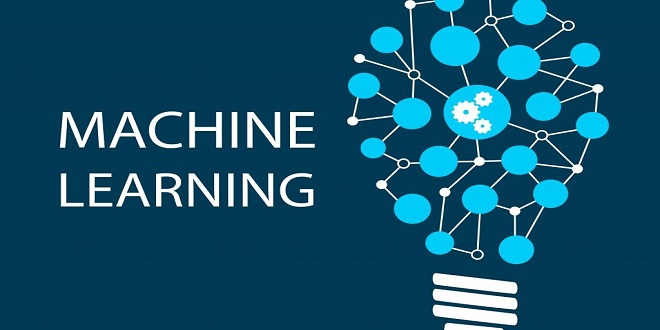Top Applications of Machine Learning in Mechanical Engineering?

So, you are interested in knowing what the applications of machine learning in mechanical engineering are. As automation becomes more common, Machine Learning (ML) is becoming a skill that everyone in the workforce of the future needs to know. In the field of mechanical engineering, they have a lot of potentials.
Machine learning and Artificial intelligence are two sides of the same coin. Machine Learning trains a computer on a set of known quantities. When someone applies it to unknown quantities, the computer will be able to come to a conclusion on its own without any help from humans. This is the basis of Artificial Intelligence.
ML is a part of AI, and it needs data to understand and learn how to use data sets to solve problems. You must be careful when choosing these data sets. If the data and logic aren’t good enough, they won’t train the machine well, which means the computer will give wrong or inaccurate results.
So, it’s important to first understand how machine learning works and how it helps mechanical engineers.
Here is how machines learn.
Machine learning focuses on teaching computers to make decisions like humans do by giving them information about the past. A model is a set of instructions (an algorithm) that is used to train a machine.
There are two ways to teach a machine something: supervised learning and unsupervised learning. Reinforcement learning is a third way.
A Machine Learning model is trained to predict the future output based on known input and output data with supervised learning. In unsupervised learning, the model for figuring out how to interpret data (the output) is based only on the data that was put in. Now, let’s discuss the applications of machine learning in mechanical engineering in the following section.
Use of The training data set for mechanical engineering
Functions are an important part of Machine Learning. Think about a simple math operation: Y=f(X), Where the output is Y, and the input is X. There is no limit to how many inputs you can have, and each input can have as many outputs as you want. In math, we give an input value and use the given function to determine the output.
For example, if you know the radius of a circle and want to figure out its diameter, you can use the function D=2R. If R is equal to 2, then D is equal to 4.
But in supervised machine learning, both input and output values are known. The programmer has to figure out which function works for each set of inputs and outputs. To make a good ML model, you need a bigger set of input and output values, which are best shown by matrices.
In the world of Machine Learning, we give input and output vectors, which can be a row matrix or a column matrix. Then, we’ll have to figure out the function that predicts the output for any input, no matter what data was used to train it.
Use of ML in Marine systems.
The pacific Marine Energy Centre uses Machine Learning technology for various projects. One of the main tasks is to differentiate marine life from others in sonar data compiled by labs AMPs (Adaptable Monitoring Packages). The centre is studying the identification of aquatic organisms and sea birds by using ML algorithms.
Bottom line
At the moment, artificial intelligence is often used to figure out what went wrong with a piece of mechanical engineering. Rule-based reasoning (RBR), case-based reasoning (CBR), and fault-based tree fault diagnosis are all examples of AI-based fault diagnosis methods. In terms of mechanical engineering, it looks like it has a great future. In case you are interested in learning machine learning too, joining an online machine learning course would be the best to do.





